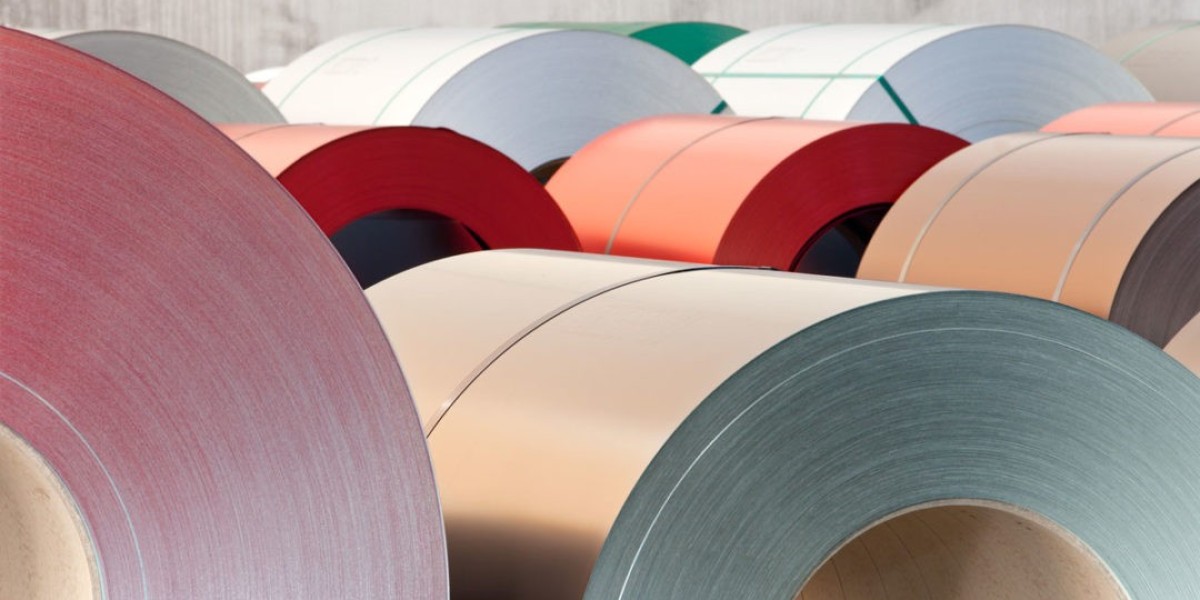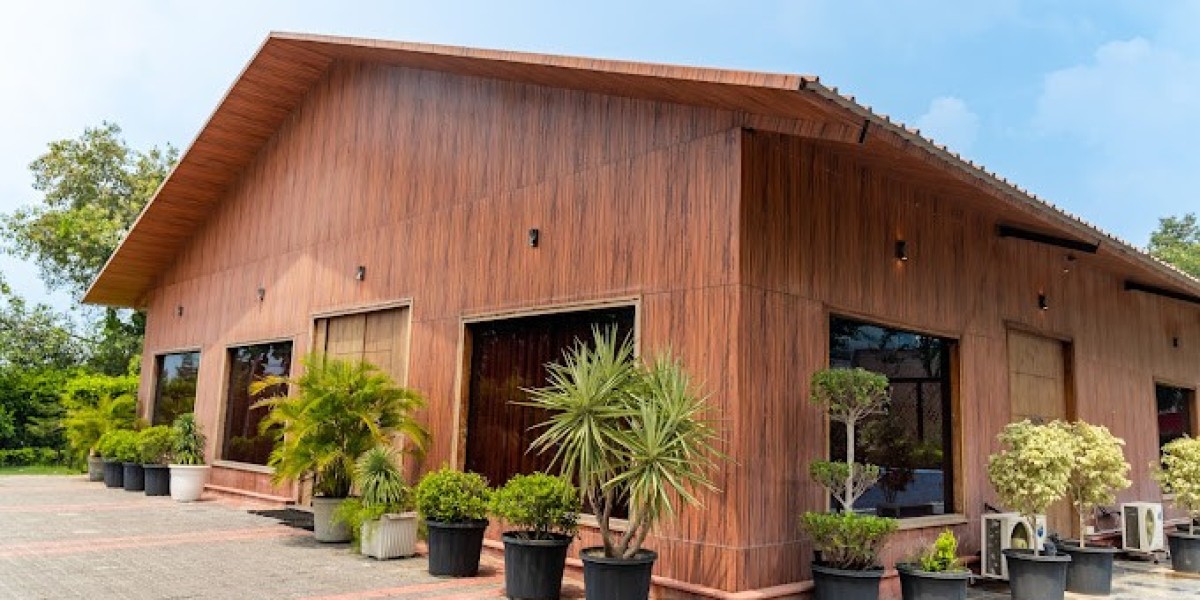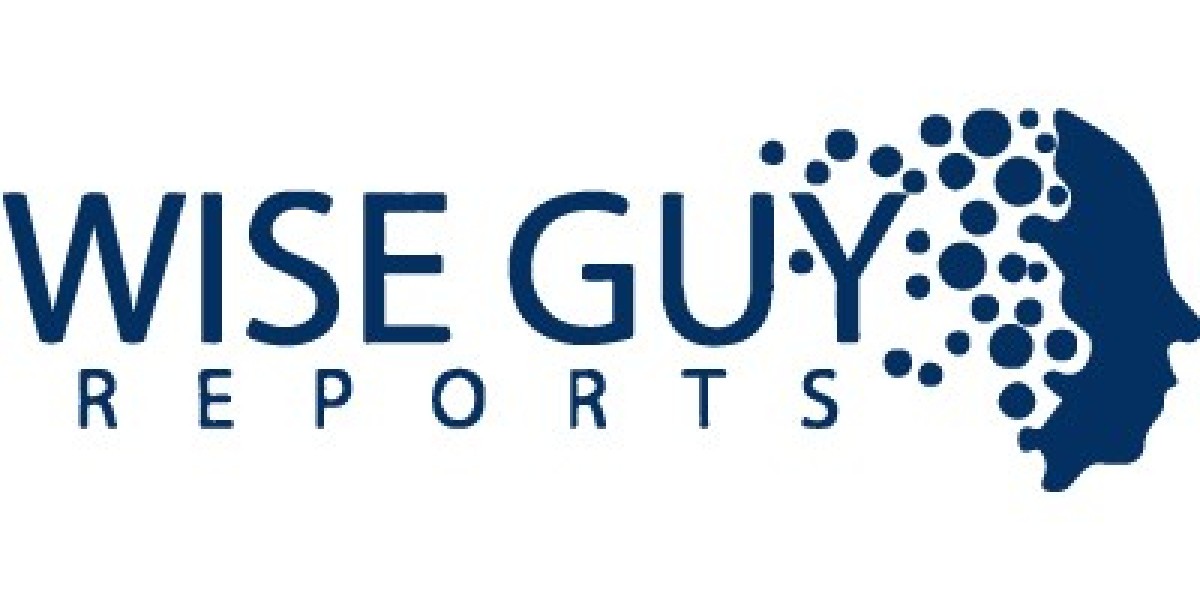The coil coatings market is a critical segment within the global coatings industry, primarily providing metal substrates with protective, decorative, and functional coatings. These coatings are essential for various sectors, including construction, automotive, consumer goods, and home appliances. As the market grows, competition intensifies, and companies must adopt winning strategies to stay ahead. Leading players are increasingly relying on a blend of innovation, sustainability, strategic partnerships, and regional expansion to solidify their market positions. In this article, we will explore the key strategies companies are deploying to win in the competitive coil coatings market.
Market Dynamics
The global coil coatings market is experiencing steady growth, driven by several key factors such as increased infrastructure development, rising demand for automobiles, and the growing need for energy-efficient and sustainable solutions. Coil coatings are widely used in building facades, roofing, automotive components, and appliances, where durability, aesthetic appeal, and protection from the elements are critical.
While the demand for coil coatings is growing, the market is becoming increasingly competitive. Key industry players such as PPG Industries, AkzoNobel, BASF, Sherwin-Williams, and Valspar dominate the market. As the demand for eco-friendly and high-performance coatings increases, these players are deploying winning strategies to not only meet market expectations but also to outpace competitors in a rapidly evolving landscape.
1. Technological Innovation and Product Differentiation
One of the primary strategies employed by successful companies in the coil coatings market is technological innovation. Manufacturers are continuously investing in research and development (R&D) to create coatings that provide superior performance, enhanced durability, and better aesthetics. High-performance coatings that offer resistance to corrosion, UV degradation, and environmental damage are in high demand.
Nano-coatings and smart coatings have emerged as key technological advancements in the market. Nano-coatings utilize tiny particles to provide better scratch resistance, longer lifespan, and enhanced protection. These coatings are particularly valued in the automotive, construction, and consumer goods industries, where product longevity and durability are paramount.
Smart coatings, equipped with sensors to detect environmental changes, offer additional value, particularly in construction. For example, some coatings can monitor the surrounding temperature, humidity, or pollution levels, providing real-time performance insights. By integrating these cutting-edge technologies, companies can offer differentiated products that cater to the specific needs of their customers.
2. Sustainability and Eco-friendly Solutions
Sustainability has become a central focus for the entire coatings industry, including coil coatings. With increasing environmental concerns and stricter regulations, both governments and consumers are pushing for more sustainable products. In response, many companies are focusing on reducing the environmental impact of their products by offering water-based coatings, low-VOC (volatile organic compound) formulations, and powder coatings.
For example, water-based coil coatings emit fewer toxins and are more energy-efficient in the production process. Companies such as PPG Industries and AkzoNobel have made significant strides in creating sustainable coil coatings that meet or exceed regulatory standards, while also providing customers with high-performance, eco-friendly solutions.
Furthermore, companies are exploring the use of renewable raw materials and recyclable coatings. By aligning with the principles of the circular economy, manufacturers not only comply with growing regulatory demands but also position themselves as leaders in the sustainable coatings sector. Sustainable products also help companies attract eco-conscious consumers and businesses, particularly in the construction and automotive industries.
3. Strategic Partnerships and Alliances
Strategic partnerships and alliances are another key winning strategy in the coil coatings market. Companies are increasingly collaborating with other industry players, suppliers, or even competitors to strengthen their market position and enhance their product offerings. These alliances can help companies access new technologies, expand their geographic reach, or diversify their product lines.
For instance, partnerships between raw material suppliers and coatings manufacturers can ensure better access to high-quality materials and a more streamlined supply chain. Additionally, collaborations with architectural firms, construction companies, or automotive OEMs (original equipment manufacturers) allow manufacturers to better understand market needs and develop coatings tailored to specific applications.
Furthermore, mergers and acquisitions (M&A) allow larger companies to acquire smaller, innovative firms with unique technologies, such as advanced smart coatings or eco-friendly solutions. By doing so, companies can expand their portfolio and enter new niche markets with cutting-edge products.
4. Regional Expansion and Localized Production
Geographic expansion is another essential element of winning in the coil coatings market. As demand for coil coatings continues to rise in emerging economies such as Asia-Pacific, Latin America, and the Middle East, companies are focusing on expanding their manufacturing facilities and distribution networks in these regions. This enables them to better serve local markets, reduce production costs, and strengthen their presence in rapidly growing industries like construction, automotive, and consumer goods.
Localization of production allows companies to reduce transportation costs, mitigate risks associated with global supply chains, and meet specific regional market needs. For example, coil coatings used in tropical or coastal areas need to be highly resistant to saltwater and humidity, so regional manufacturers can offer products designed for specific environmental conditions.
Additionally, expanding production capacity in key markets provides companies with a competitive edge, as it enables them to quickly respond to changing market demands and gain a foothold in high-growth regions.
5. Customization and Customer-Centric Solutions
Customization has become an increasingly important factor for success in the coil coatings market. Customers, particularly in the automotive and construction sectors, are looking for coatings that not only meet functional needs but also cater to specific aesthetic and design preferences. Customization allows manufacturers to differentiate themselves from competitors and build deeper relationships with customers.
Advanced technologies such as digital printing, which allows for intricate and personalized designs, are gaining traction. By offering a range of color options, finishes (e.g., matte, gloss, metallic), and textures, manufacturers can provide tailored solutions that meet the diverse demands of their clients. This level of customization is particularly valued in sectors like automotive manufacturing, where unique finishes and branding elements are often crucial.
6. Cost Efficiency and Competitive Pricing
Competitive pricing remains a critical component of success in the coil coatings market, especially for large-volume applications like construction and home appliances. Companies are constantly seeking ways to optimize their production processes, reduce operational costs, and pass those savings onto their customers. Automation, supply chain optimization, and energy-efficient production processes all play a role in lowering costs while maintaining product quality.
Moreover, as raw material prices fluctuate, companies that can effectively manage supply chains and maintain cost efficiency without sacrificing product performance will be well-positioned to offer competitive pricing. Cost-effective solutions, combined with high-performance coatings, will enable manufacturers to capture a larger share of the market.
Conclusion
In the competitive coil coatings market, companies are adopting a range of strategies to differentiate themselves and secure long-term success. Technological innovation, sustainability, strategic partnerships, regional expansion, and customization are the cornerstones of winning strategies. As the market continues to evolve, companies that focus on these areas and remain agile in adapting to changing consumer demands will lead the way in an increasingly competitive landscape.



